For some reason this month I decided I could read as many Manga picks as possible from Briana Lawrence’s The Essential Manga Guide, read the first 35 issues of Lucifer for the Extra Issues podcast, AND keep up with all the best new graphic novels and trades in August 2024. As always, my appetite for comics consumption is always greater than the realities of time. Nonetheless I persist, and pound-for-pound, I think this is the best monthly list published this year!
Don’t hesitate to let me know any of your favorites I may have missed via dave@comicbookherald.com!
To get these picks sent directly to your mailbox every month, sign up here for free.
Subgenre
At the exact moment I was ready to put Subgenre down, and move on to a stacked pile of amazing looking graphic novels, Matt Kindt and Wilfredo Torres hit me with the hook: Subgenre is a literal years-in-the-making answer to one of the greatest mysteries in Matt Kindt comics! For the first couple issues, this is not clear, or at least I didn’t anticipate it. In many ways, Subgenre is a careening genre mash-up by way of psychotic break, following a lead unable to tell the reality of his life as a P.I. or a warrior barbarian. And while I often like this ambition – see 1949 below! – through two issues it felt a bit like Kindt and Torres were simply going through the paces of Double Indemnity and Conan impressions. Intensely talented creators playing cover songs. I was getting tired.
*Spoilers follow in the next paragraph!*
When the hook hit and I realized just how deeply Kindt was staring at his own navel, I laughed out loud with joy. Subgenre offers social commentary on A.I. ‘creation’ and the state of intellectual property, but more than that, it’s Kindt finally reconciling a character who has appeared in (I think) all of his comics since Super Spy. When I got to talk through a deep dive on Mind MGMT (one of my favorite comics of all time) with Kindt, we talked a little bit about the recurring nature of Philip K. Verve (or Verge at times), and how Kindt had devious plans for this strange villain occupying all the various realms of his own multiverse. As it turns out, Subgenre is that book, making use of the en vogue multiverse craze to tackle Verve’s place in Kindt’s canon. I can’t imagine this hook holds the same weight for those who aren’t devotees of the author, but personally, seeing Kindt’s long-running meta cut-ups of Mind MGMT and Dept. H in a comic celebrating a decade-plus long con is the kind of only-in-comics storytelling that makes me smile from ear to ear.
Support For Comic Book Herald:
Comic Book Herald is reader-supported. When you buy through links on our site, we may earn a qualifying affiliate commission.
Comic Book Herald’s reading orders and guides are also made possible by reader support on Patreon, and generous reader donations.
Any size contribution will help keep CBH alive and full of new comics guides and content. Support CBH on Patreon for exclusive rewards, or Donate here! Thank you for reading!
Search and Destroy Book 1
Considering Pluto is the first manga I loved, and binged faster than pre-Covid Noah Lyles, it shouldn’t be too surprising that I’m deeply curious about any of the – many! – riffs on the works of Osamu Tezuka, aka the God of Manga. Search and Destroy is the latest in line, the dystopian Sci-Fi vision of Atsushi Kaneko adapting Dororo, the story of a young girl who had her 48 organs stolen and sold to “devils” and now seeks them out as a revenge cyborg! While I found the initial pacing sluggish and confusing – part of this might be that Fantagraphics’ English translation reads from right to left on each page (like Manga!), but the page turns are left to right (Like non-Manga!) – Search and Destroy gains clarity through chapters three and four, and is building a series I’ll look forward to continuing (Book 2 is already scheduled for a March 2025 release).
The opening essay describes Kaneko’s punk energy in these pages (hence the false hope that you’ve picked up a Stooges manga), and while it’s felt in the mere act of maturing and spraying blood across an acclaimed classic, I felt it most in the artist’s uncompromised vision for scenic quiet moments and hyper-kinetic, constantly escaping-the-eye action. Whereas Urasawa is meticulous and clean in Pluto, Kaneko is far more willing to smash-cut from seemingly unrelated body parts and scenic texture to create atmosphere. Again, at times the end result is a lack of coherence, and the emotional resonance of the involved characters is muted in the early going. As Search and Destroy picks up steam, though, it’s hard to put down, and harder still to wait for the remainder.
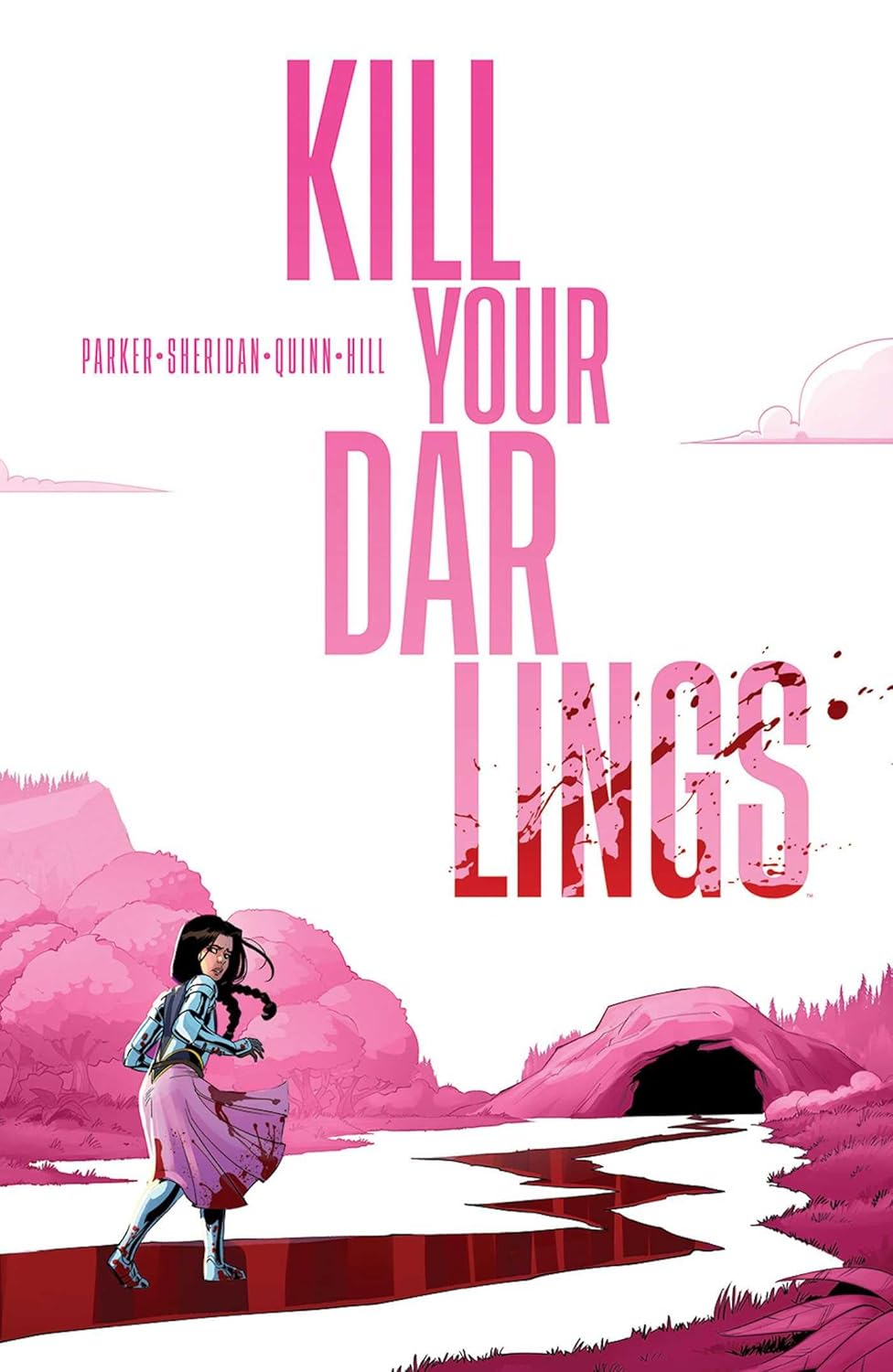
Kill Your Darlings
The eight issues of Kill Your Darlings feel familiar, tickling memories of I Kill Giants, Die, Wednesday and much more, but in the way where I couldn’t put the story down until I found out how it all ended. I devoured this supernatural tragi-fantasy in a single sitting, as Ethan S. Parker, Griffin Sheridan, Bob Quinn and John J. Hill show off their bonafides in a heart-wrenching coming-of-age knockout. Kill Your Darlings begins with an 8-year-old Rose conjuring visions of anthropomorphic warrior kingdoms, only for a lurking evil to take hold and crossover into the real world with harrowing consequences. The world explodes from there, taking The Neverending Story and layering in modern reflections on imagination, mental health, and the appropriate dialect for an Elepig (Australian, obviously).
I was a big fan of Bob Quinn’s Krakoa X-Men contributions in the pages of Way of X (I still have a swashbuckling Quinn Nightcrawler set as my laptop background), but it feels like Quinn and Hill get to let loose in especially freeing ways across the cuddly yet devastated kingdom of Rose’s young mind. As far as I know, this is Parker and Sheridan’s first major release, and they come out of the gates fully formed, with an instantly adaptable (complimentary!) feature.
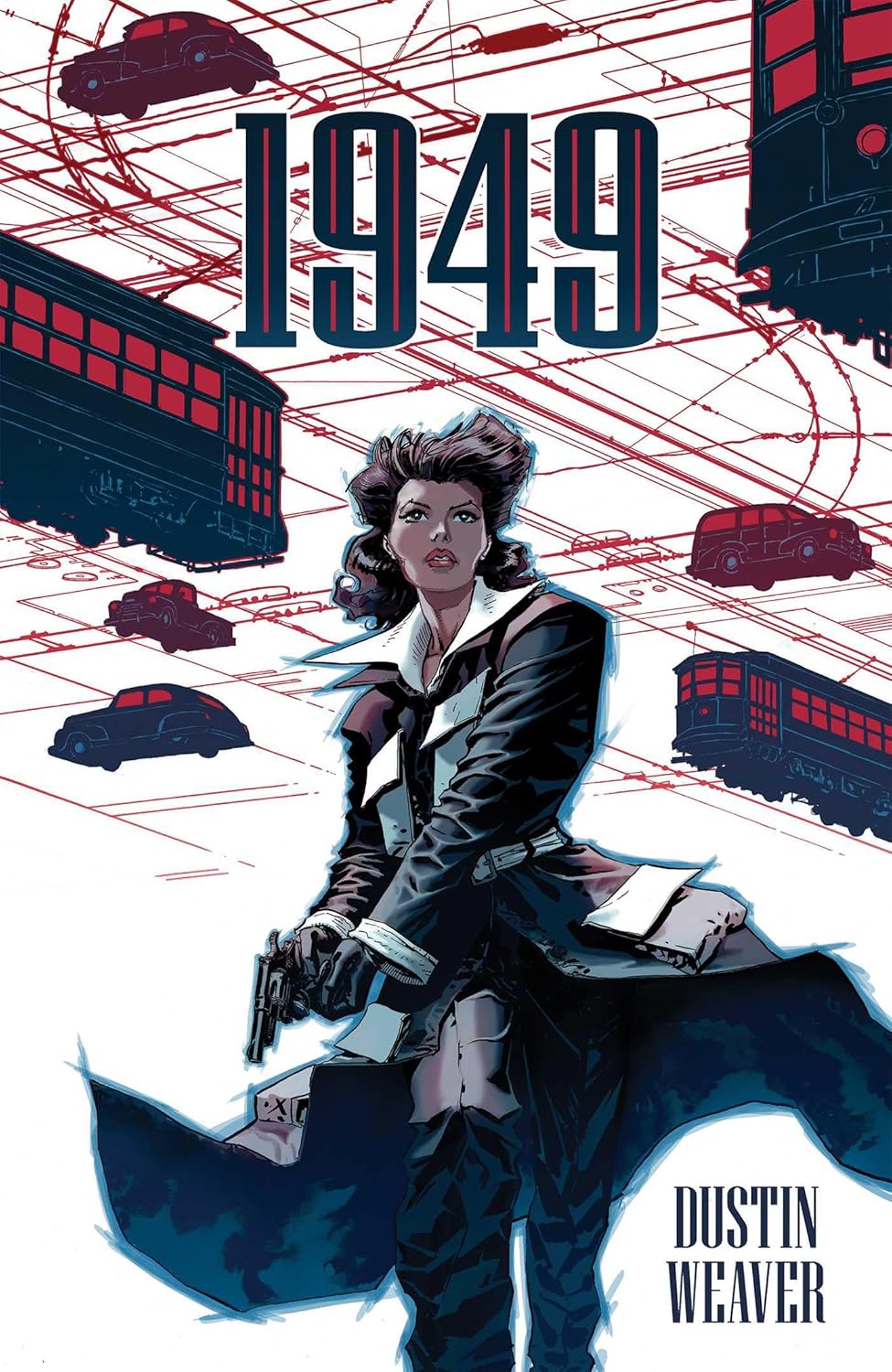
1949
Marvel and Jonathan Hickman fans are likely to know Dustin Weaver as the artist and co-creator of the comically long-gestating SHIELD miniseries. Weaver’s work on SHIELD is excellent, selling the sci-fi grandeur and intrigue of that expansion of the Marvel mythos, and it’s always interesting watching a creator known as an artist venture into writing and drawing their own stories. This can be the turn to superstardom (as in the case of so many like Frank Miller, Walt Simonson, Todd McFarlane, etc) or it can be a fascinating window into the value of a professional storyteller guiding and scripting the proceedings! In Weaver’s case, 1949 isn’t exactly his first writing credit, as I learned recently reading some Bebop and Rocksteady work of his to my kids. Likewise, 1949 is actually a part of Weaver’s Image-published sci-fi anthology Paklis, which has been coming out since 2017.
All of that is mere prologue to the salient point: 1949 rules. Weaver seamlessly blends black-and-white noir murder mystery with full-shine cyber sci-fi. The end result is Blade Runner by way of Modesty Blaise with a healthy dose of Raymond Chandler. Fans of the Matrix or Altered Carbon won’t find Sci-Fi they’ve never seen before, but most comics readers will see beloved genre-mashing in the hands of an ambitious, deeply talented creator. Weaver’s ability to channel Frank Miller’s Sin City in black-and-white supernatural murder mystery and then seamlessly segue into the glowing polished metals of their past SHIELD work is worth the price of admission alone.
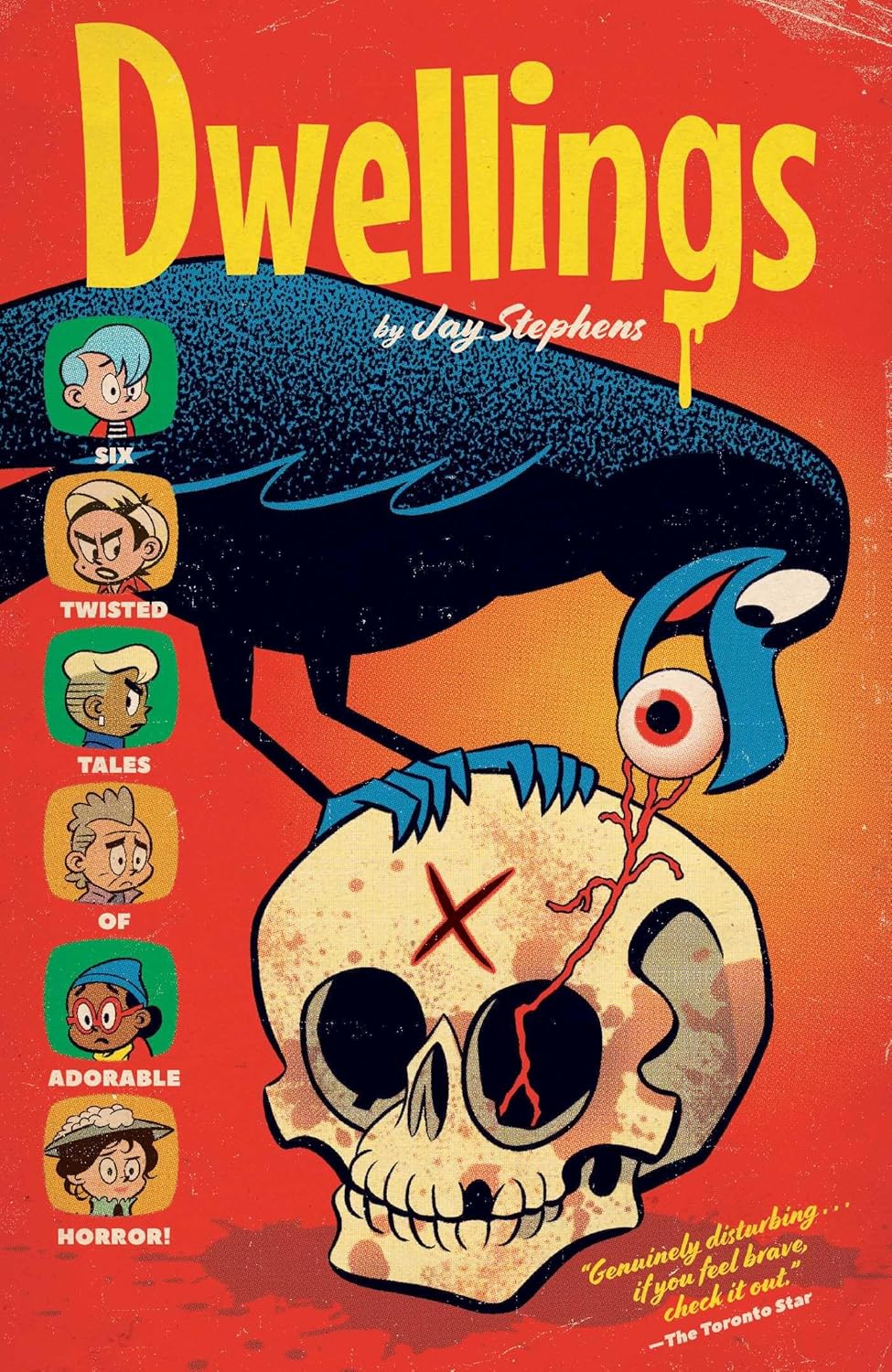
Dwellings
Jay Stephens’ Dwellings is an absolute triumph of following your passions with all your ability, even when your passions are Chibi/Archie comics infused with all the blood, guts and horror the haunted town of Elwich can manage! And listen, a round-headed cartoon strip hero from days of yore cursing like a sailor and murdering adorable characters with an axe-puppet has a certain level of intrigue. But what makes Dwellings special is once you get past the “gimmick,” you very clearly see – quite early in the work – that Stephens is deep in this world, and channeling Junji Ito-esque hauntings. There’s a surreal poetry to the darkness, sometimes literally as characters quote literature, and oft-adjacent, with Stephens breaking up story with false old-school comic book advertisements for all manner of odd, twisted ephemera. It’s the kind of comic that I’m just happy to see exist, unabridged and with all its edges unsawed. Stephens could continue these horror stories in Dwellings for as long as he wants as far as I’m concerned, and I’ll keep reading.
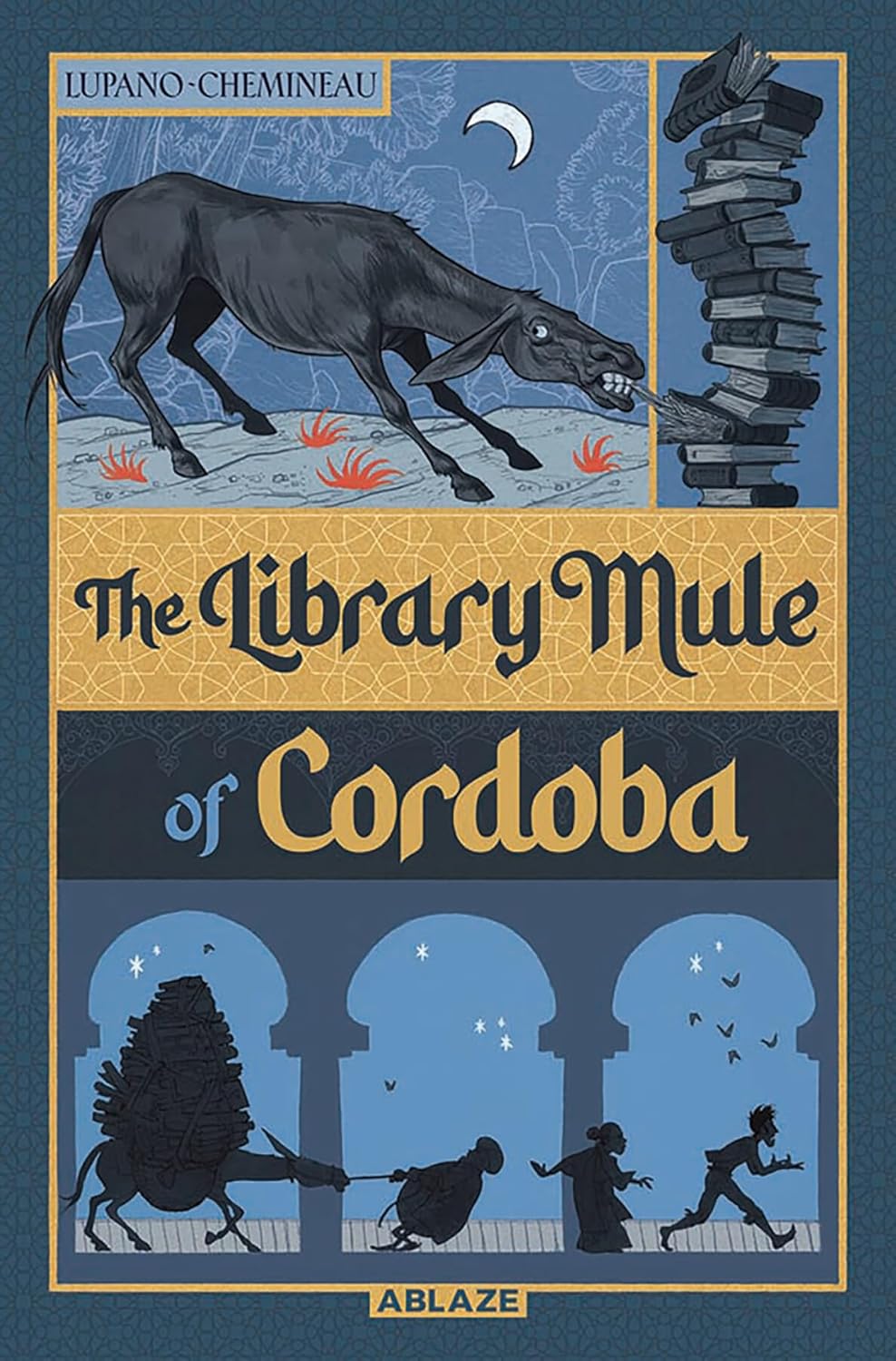
The Library Mule of Cordoba
What a delightful surprise. I went into The Library Mule of Cordoba from Ablaze publishing hoping for some interesting slices of history, and left with deeply resonant characters, regularly inventive formal uses of the medium, and a thoughtful treatise on the value of art and what you’d do to keep it alive. And also, all the best sequences of a Eunuch fighting a Donkey in the history of comics. The French duo of Wilfrid Lupano and Leonard Chemineau team up for the story of the librarian, transcriber, and apprentice-turned-thief (plus his good-for-nothing mule!) trying to salvage as many books as they can from the greatest library in the world before the new Caliph burns the books in the name of religion and power. It’s funny, insightful and full of captivating characters, plus Ablaze includes some fascinating historical reference work that the fable is based on. Admittedly, the book drags its heels at times, but we can chalk that up to fully inhabiting the spirit of the mule tasked with carrying the knowledge of an entire civilization.
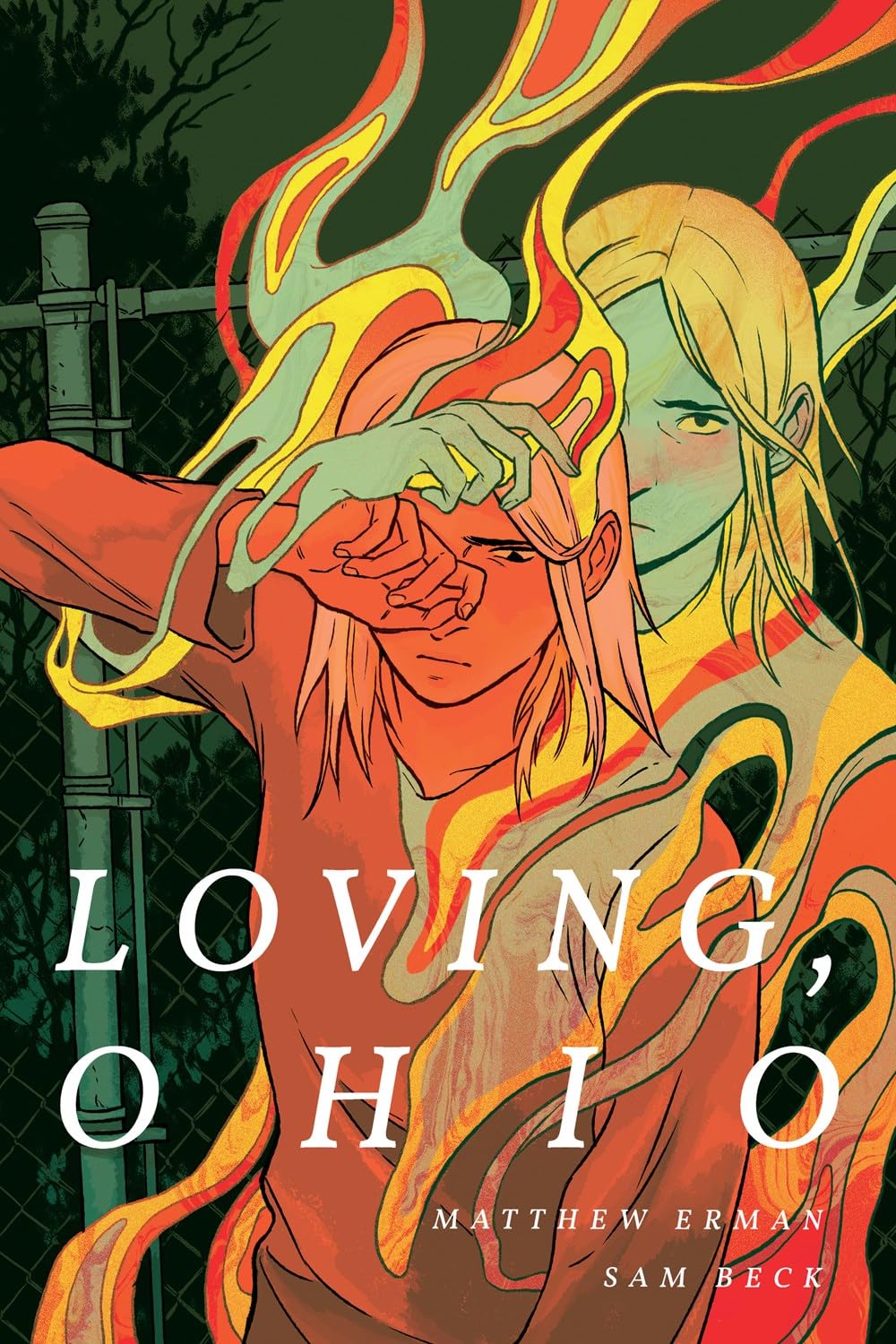
Loving, Ohio
Those teens! Always coming of age! Loving, Ohio is Matthew Erman and Sam Beck’s heartfelt, richly characterized story of jaded high-schoolers desperate to escape their dead-end town AND the supernatural horror that haunts them. There are a LOT of good comics in this realm in 2024 – What’s up The Gulf and Nights on this very list! – but what makes Loving, Ohio stand out is Beck’s ability to visually transform sound into pulsating terror, and Erman’s sincere exploration of the insidiously casual nature of religious cultism. The town of Loving is the heart of a cult/religion (this book makes it hard to tell the difference, which is its own kind of successful commentary) called The Chorus. The friend-posse’s fathers are members of The Chorus, and come to deeply resent it the same way I came to resent Church services (I particularly remember gravitating to the Jim O’Rourke line: “I don’t wanna desecrate, my only day to sleep in late”). Over the course of the work, we see Sloane’s father completely taken in by The Chorus, to the point that he loses his daughter and doesn’t even realize it’s happening. It’s an incredibly effective and believable emotional core.
First, though, the teens have to survive the David Lynch villain with knives in his octopus arms, in a town where teen death seems to be about as common as the cold. I don’t know how intentional it is, but I certainly felt the weight of mass shootings in the way Loving sighs and plows onward after tragedy, and I wonder how much Erman and Beck thought about similar national attitudes towards mass trauma. Regardless, there’s a weight and beauty to this graphic novel that held me captive through a single sitting. By books end you’ll know these teens, and you’ll care for them, and you’ll want them to escape this corner of the world they’ve known as much as they do.
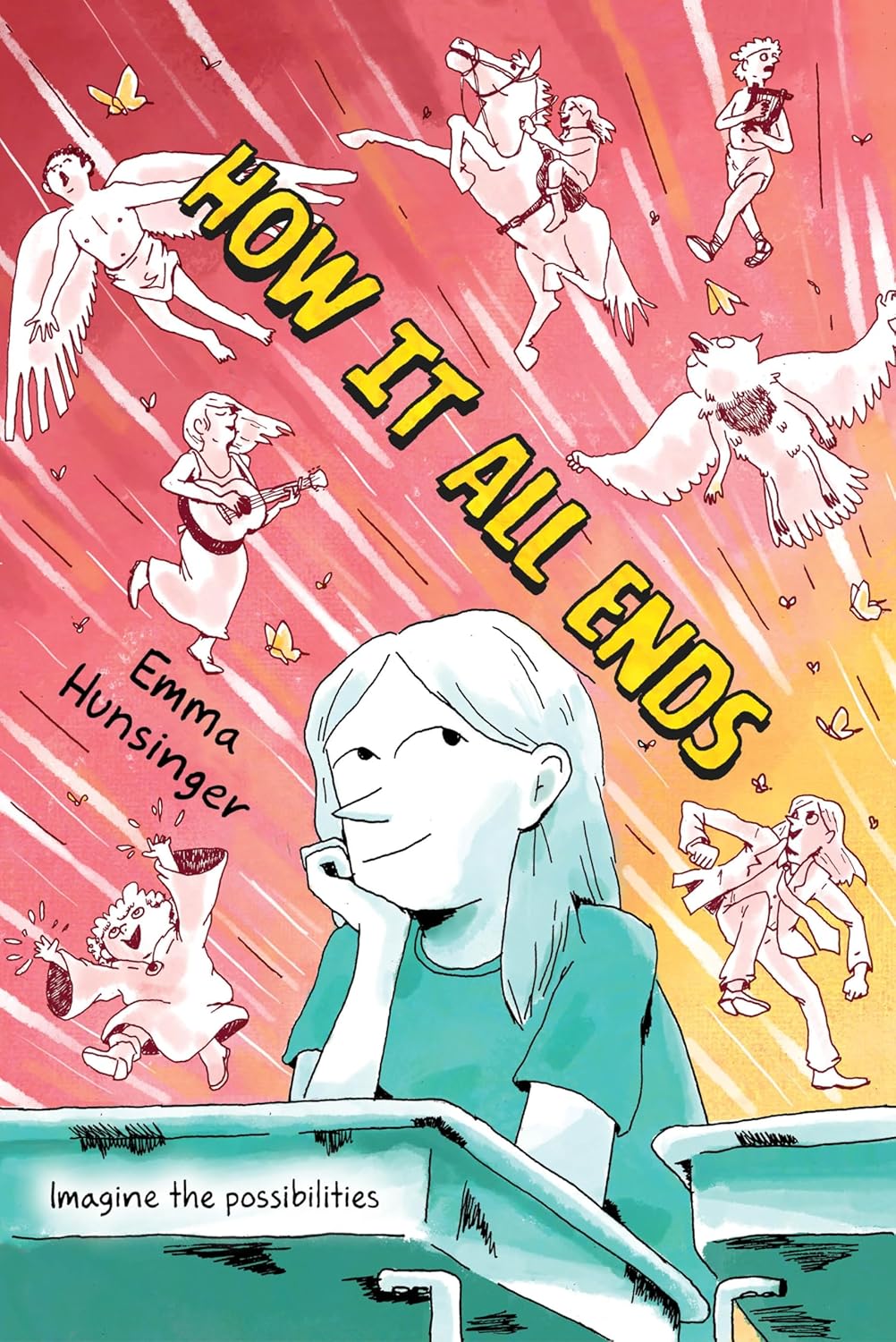
How It All Ends
This will come as a shock to many of you, but I am not a teen girl about to enter high school. And I think I’ve been frank in these monthly reviews, that the shine of the middle-grade / YA graphic novel market has worn thin for me lately, with too many Telgemeir clones playing it safe with the formula of emotive Issues(TM) that has worked for these younger readers. So believe me when I say How it All Ends by Emma Hunsinger is an absolutely joyful breath of fresh air. It’s a deeply inhabited, laugh-out-loud funny journey into the window of a teenage girl skipping straight from 7th-grade to high school. There’s not a lot I’ve read that more effectively captures the anxiety of starting high-school, the pressures of looking cool, or the sheer charm of making a new best friend (and maybe more). I loved this book – this should be a middle-grade staple for years to come.
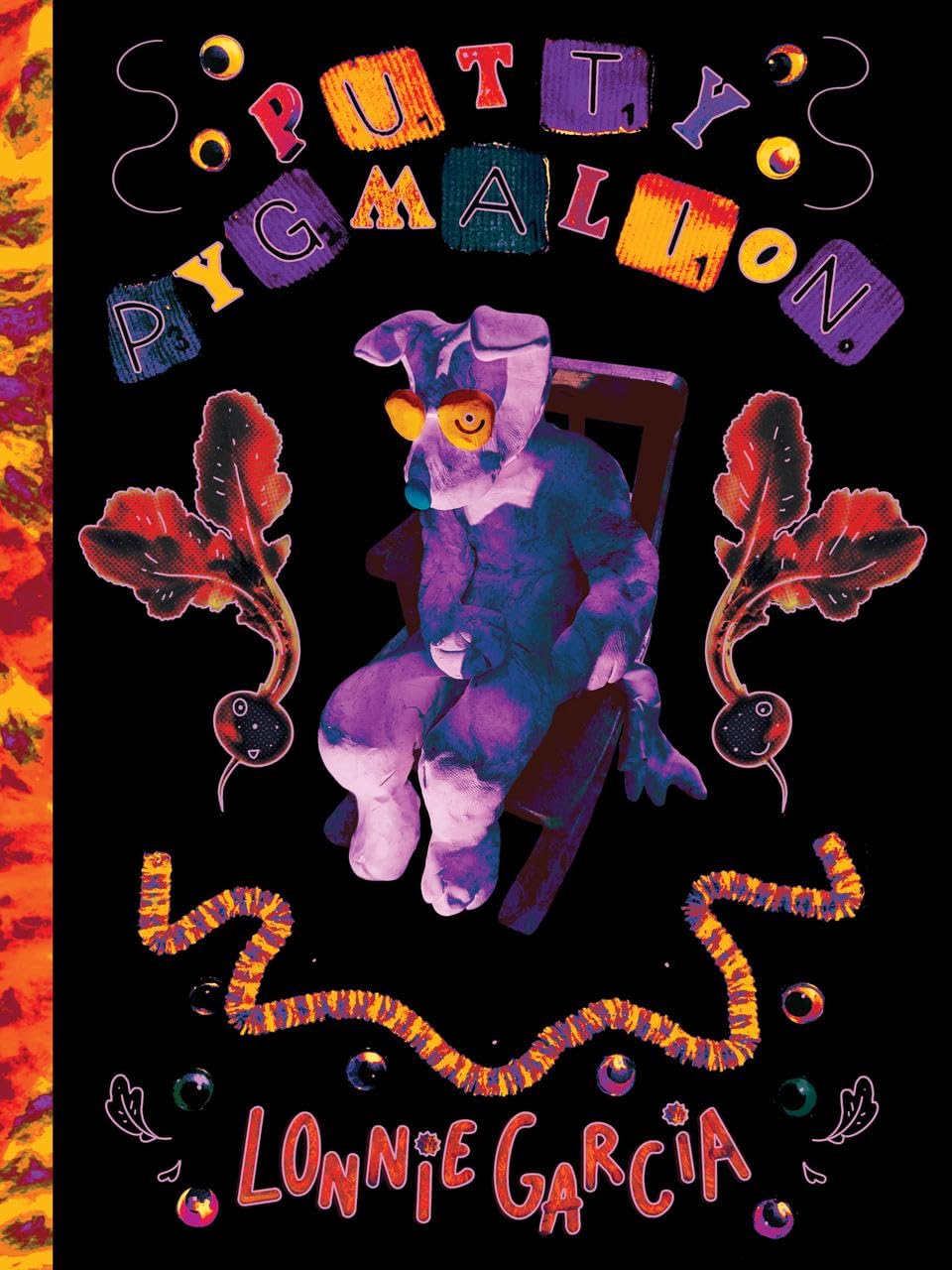
Putty Pygmalion
Every new release from Silver Sprocket offers the possibility of greatness. Obviously, not everything can be a favorite or an instant classic, but the publisher’s ethos of expressive, unadulterated creativity from a wide variety of diverse creators is bursting with potential. This month, it’s Lonnie Garcia’s Putty Pygmalion as one of my favorite works of the year, in a 70+ page graphic novella I absolutely couldn’t put down.
Impossible mash-ups of vintage photos, clay dogs, Misery-vibin’ root vegetables are like putty in Lonnie Garcia’s hands, in this story about a lonely nerd who (illegally) Frankenstein’s to life a companion made from misuse of an old children’s putty product. Imagine play-do creations could come to life, and a deeply sad individual used it to replace their roommate/crush! Narratively, there’s a great deal of Black Mirror tension in this poor creation infused with an adult-male consciousness but unable to leave the house for fear of being undone. The real trick to Garcia’s work is in the details, though, with an inimitable style of relatively simple characters standing in stark contrast to washed out old photos of familial spaces (in the liner notes that conclude the work, Garcia reveals the photos are from a miniature playhouse he bought on Facebook marketplace! One horror story straight into another!). It would be so easy for Garcia to lose control of clarity amid all the ambition, but honestly, that only really happens during the work’s climax, and that’s by design! Putty Pygmalion is truly excellent arthouse comic-making, and well worth your time.
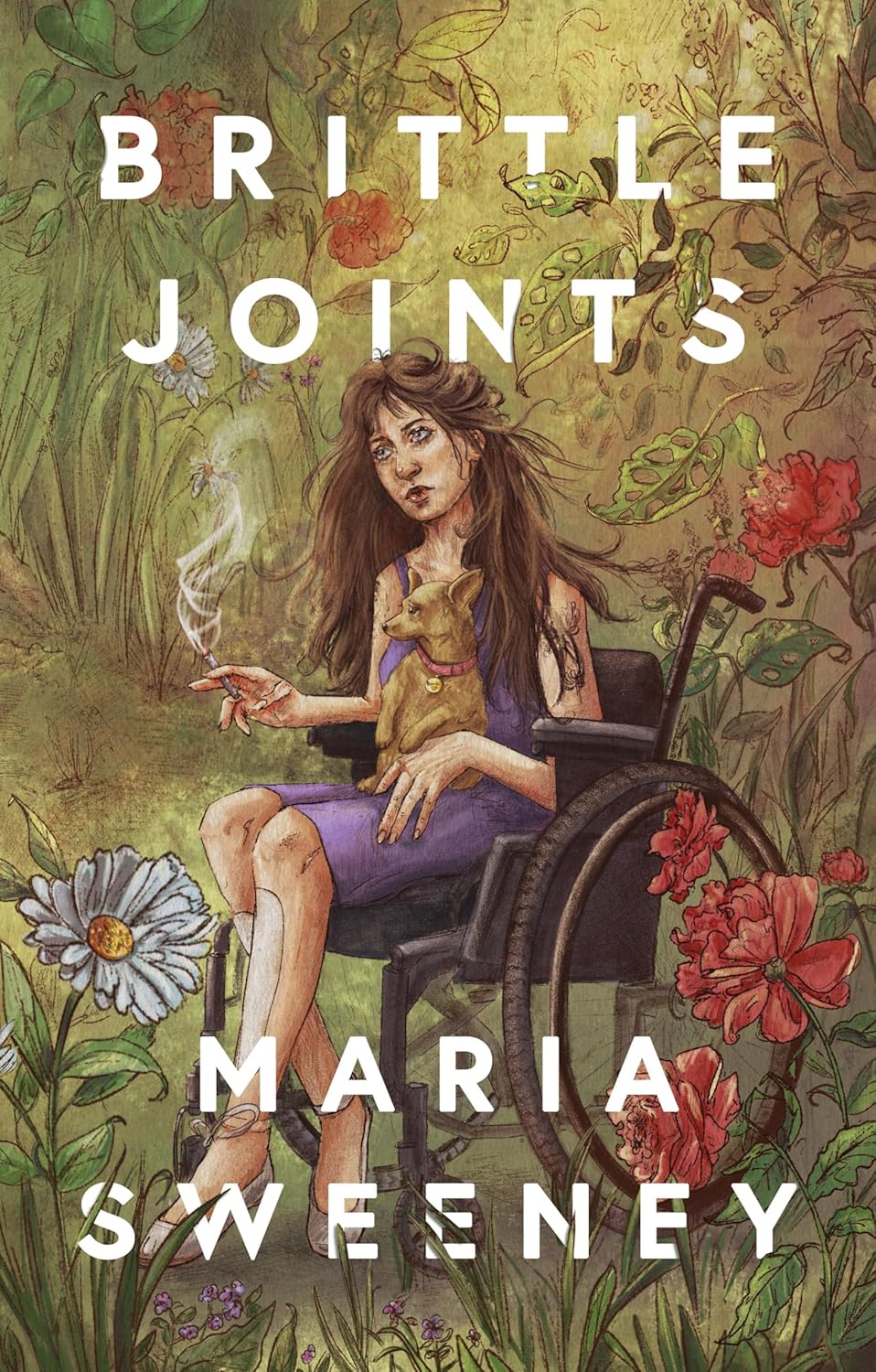
Brittle Joints
Maria Sweeney’s debut graphic novel from Street Noise Books is one of the most striking, earnest works I’ve read this year, an incredible window into invisible illness, living with disability, and the American healthcare experience. Sweeney’s gorgeous painted autobiography of living with an exceedingly rare Bruck’s syndrome finds a challenging balance between completely foreign daily complexity and deeply relatable struggles that follow from those around you questioning how “real” your pain and ailments may be. Sweeney lives with impossibly brittle bones and constant pain, but finds a way to communicate her life with poetic empathy that never drifts into hollow platitude or exaggerated optimism. Told in bite-sized chapters, Brittle Joints is an effective, memorable meditation on the value of a life often consumed by chronic pain.
Given my own struggles with migraines that leave me frustratingly dizzy and limited for days on end, I found Sweeney’s ability to push through decidedly more invasive pain recognizable and encouraging, even in their deep frustration. In depicting the specifics of a Doctor that ignores her symptoms and chart, and denies hope of new solution, Sweeney taps into an all-too familiar experience of many Americans let down by medical systems. Sweeney is not simply driving awareness for Bruck’s syndrome either; Brittle Joints is a call to consider the internal ails of all those around you, to hold back your own judgments about others medical needs, and to remember that yours is not the only battle.
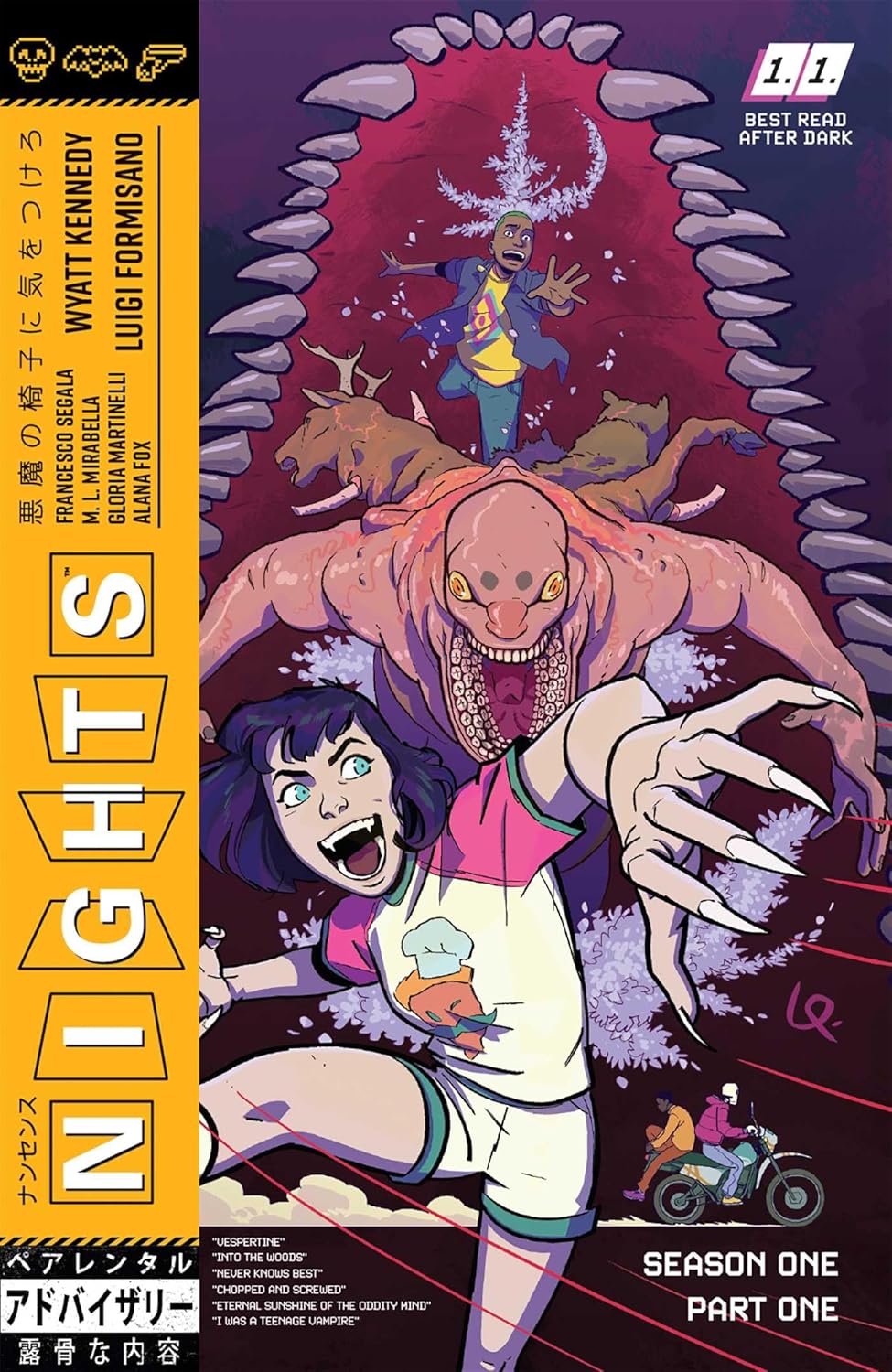
Nights
I’ve heard so many good things about Nights this year, and it did not disappoint. Wyatt Kennedy’s writing is the kind of skillful mastery of comedy and human dialect that reminds me just how far great dialog can carry a comic. Sure, the worldbuilding of Nights is a wonderful mix of familiar elements (vampires!) placed in unfamiliar situations (there’s only one in a Spain-controlled Florida, and she’s an unemployable kletopmaniac!). And sure, Luigi Formisano sells the expression of everything from a Ghost out for a jog to a star-nosed mole named Starven (like Steven but he’s a star-nosed… you got it). But sometimes it’s that good old-fashioned ability to put words in bubbles and make you laugh. It’s so simple, but it’s so hard to do well!
Even more than that, Kennedy and Formisano transcend concept, taking a coming-of-age teenage wasteland set in a casually supernatural Florida, and infusing it with abrupt page turns, non-sequitur panel visions, and all manner of “wait, what was THAT” moments. In the wrong hands this could be chaos, but I get the feeling Nights Season One is a special moment for both creators, and they’re completely at ease with the confidence it takes to break rules like this. I don’t want to get in trouble, but yeah, it’s Morrisonian. Can’t wait for season two.
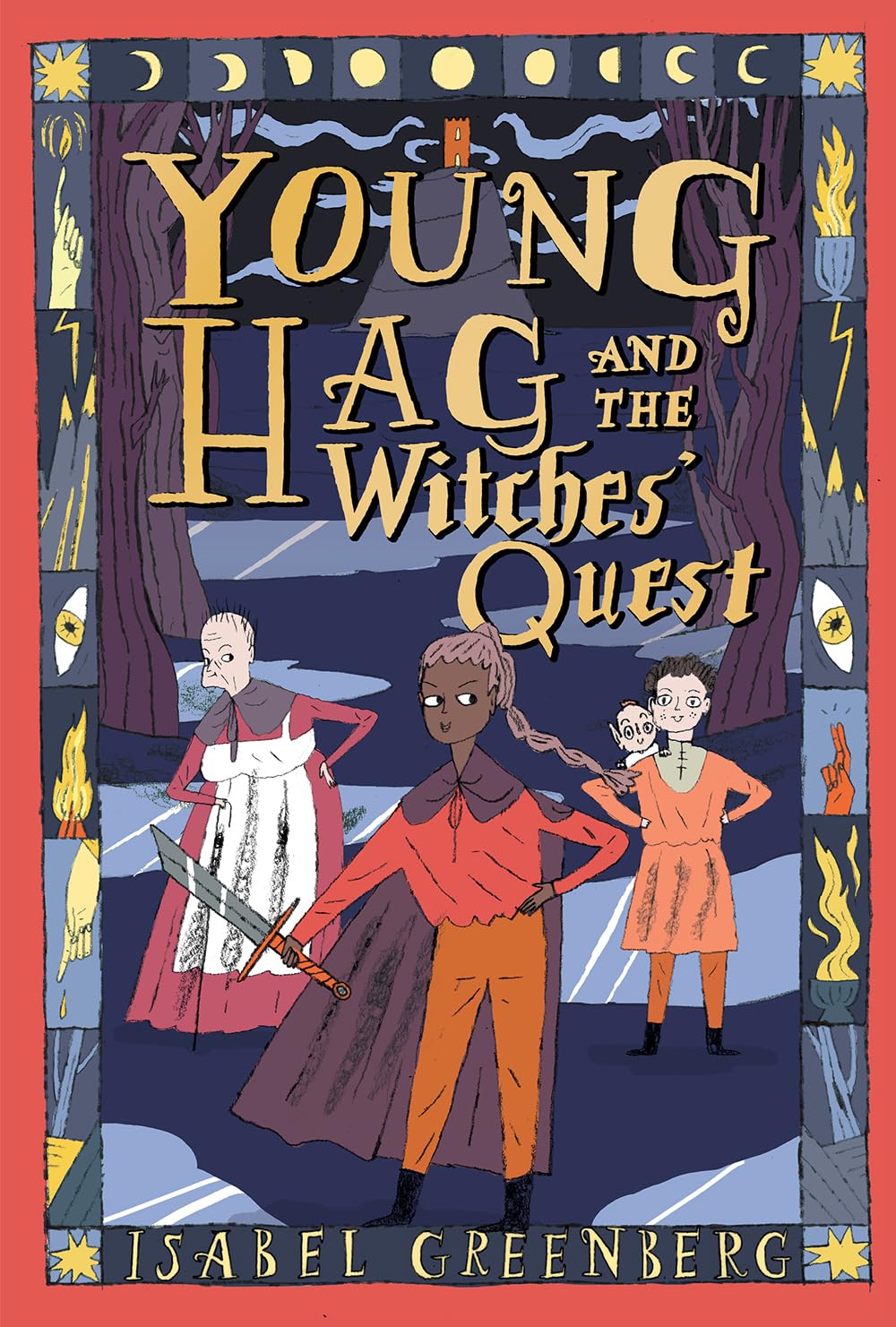
Young Hag and the Witch’s Quest
One of my favorite things about exploring comics is the medium is so full of incredible, varied work that I can go from never-heard-of-em to Isabel Greenberg is one of my favorite contemporary graphic novelists in the span of 2 months. My local library turned me on to Greenberg’s The One Hundred Nights of Hero, an instant classic about a lesbian couple that has to keep an abusive oaf distracted with fairy tales for 100 nights, and because of that recent luck, when I saw Young Hag and the Witch’s Quest in the new releases, my eyes lit with excitement. Greenberg’s latest follows a grandmother, mother and daughter (the titular Young Hag), Britain’s last witches as magic has left the land. The story is told 50 years after the fall of Camelot, tying its history to King Arthur, Merlin, Morgan Le Fay, and all the great mythologies you’ve encountered in some version across so many tales.
Greenberg shares a Vertigo-infused love of stories-within-stories, all captured through her exuberant cartooning and command of narrative structure. This allows Young Hag to flow through the familial witch’s quest and intertwining Arthurian legends, but all told through Greenberg’s feminist interpretation of stories left untold. Greenberg’s approach gives her a great deal of imaginative terrain for characters like Morgan Le Fay and The Lady of the Lake (she had a name!) who get short-shrift as betrayers or plot devices in many versions of the legends. It’s a smart, captivating journey, with deeply relatable relationships between the likes of Young Hag, Ancient Crone, and eventually even Tom.
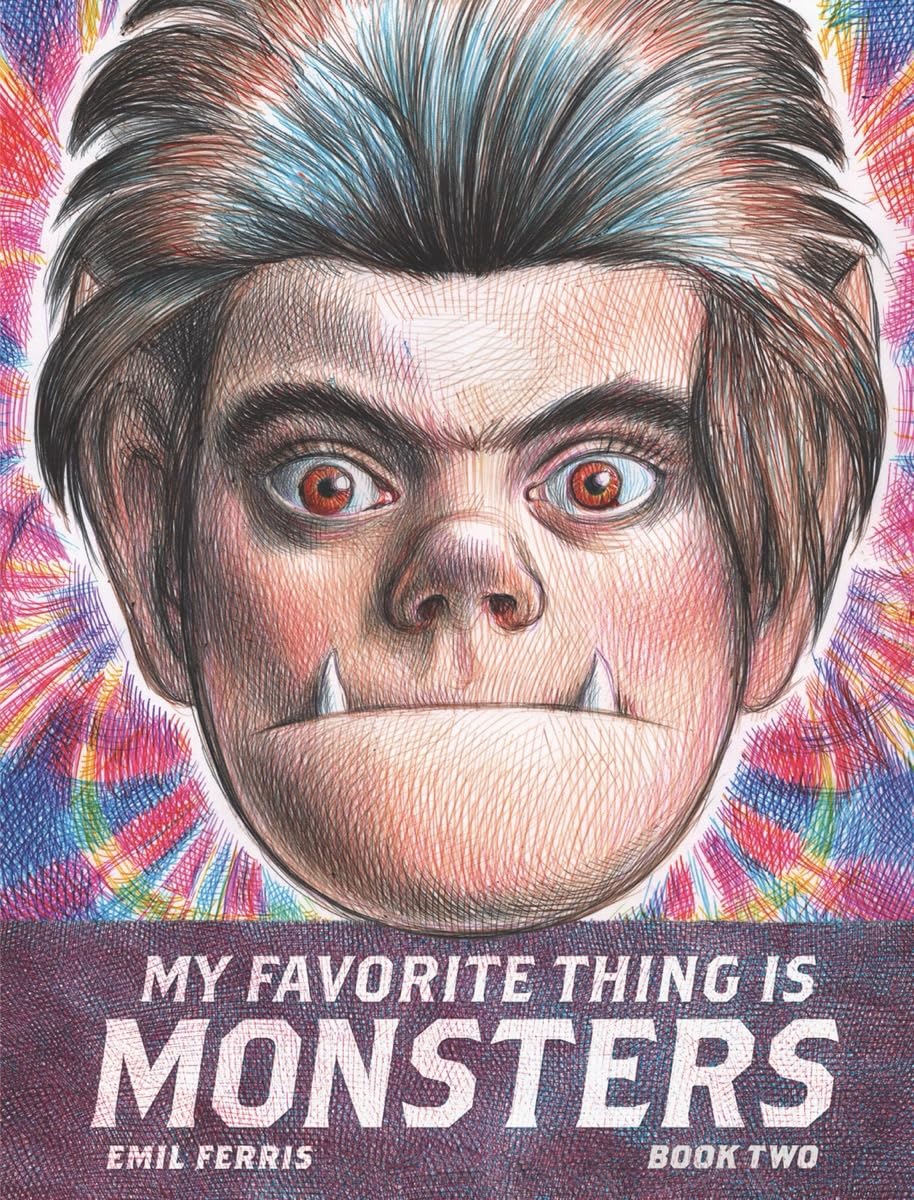
My Favorite Thing is Monsters Book 2
I sat intimidated by Emil Ferris’ long-awaited follow-up to 2017’s much-celebrated My Favorite Thing is Monsters for weeks. The massive tome lurked on my shelf like a sentient homunculus taunting me with jeers: “Don’t bother picking us up, you’ll never finish this great work before the library due date any way! Mwahahaha!” I can’t say I’ve been waiting 7 long years, but it’s hard not to feel the weight of Ferris’ journey to seeing Book 2 to publication (especially given what I know about the literal lawsuits Ferris and publisher Fantagraphics fought through along the way). It’s the sequel to an instant comics canon classic, and that’s actually quite rare in the critically-acclaimed graphic novel space – there’s simply a heft to a work like this that is rare in comics.
So naturally, once I started, I finished the whole thing in three days, and it went down smooth as a nice Chianti.
Ferris’ notebook journaling remains an incredibly effective storytelling device for the charming Karen Reyes, our would-be young lesbian werewolf detective. This work lives and breathes Chicago, July, 1968 so effectively, it’s impossible not to feel yourself transported like Karen and Deeze taking the el to the Art Museum. The core cast of characters – the Brain, the memory of Anka, the addition of Karen’s new girlfriend, Shelly – are bursting with their own worlds of story and perspectives on the scene. You take all that, and Karen’s continued efforts to solve Anka’s murder as she navigates the world after the death of her mother, and you add-in Ferris’ generationally unique densly-hatched Monster Mag covers interspersed purposefully throughout the narrative, and you have everything that made this book such a massive hit in 2017.
The worst thing I can say about My Favorite Thing is Monsters Book 2 is that it’s more of the same. But considering “the same” is perhaps the most unanimously praised graphic novel of the last decade (I have Book 1 ranked inside my 20 favorite comics of all time!), that doesn’t seem like an especially effective slam. The one pervasive question I can’t shake is whether a Book 2 is especially additive, and on those grounds, I’m conflicted. Plot-wise, the answer is no – the murder-mystery aspects of Monsters aren’t that compelling or frankly even that ambiguous. So I suppose if you’re a reader deeply invested in Anka’s past, and Deeze’s exact, specific, spelled-out role, Monsters Book 2 is especially unsatisfying. For my money, all those details are functionally just an excuse to live in Karen’s world, to see through her eyes, and to watch Ferris’ reinvent her storytelling style every third page.
Ironically, Book 2 ends on even more of a cliffhanger than Book 1, and although I’m sure the work could end here, Ferris has left the door wide open for a Book 3. I wonder if Ferris will have a hard time letting this world go. I couldn’t blame her. After all, we extend comics of all kinds the endless shelflife of ongoing continuities – but Ferris has to wrap up Monters with a tidy bow in two books? If I let go of the idea of a smoking-gun conclusion that pulls everything together, and open myself to the possibility of revisiting this world every few years, well, let’s just say it doesn’t sound especially monstrous. My Favorite Thing is Great Comics. Why not enjoy some more?

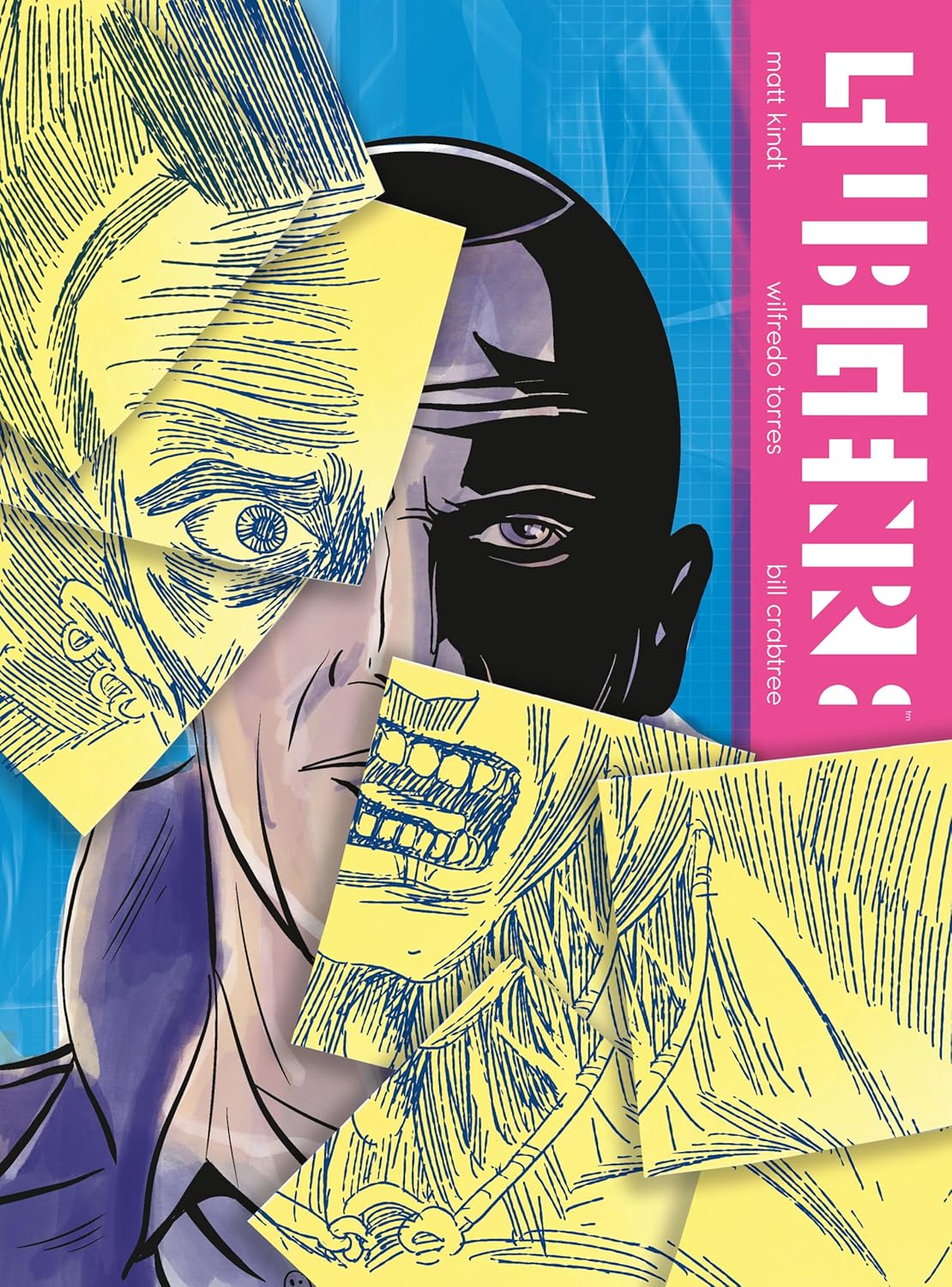
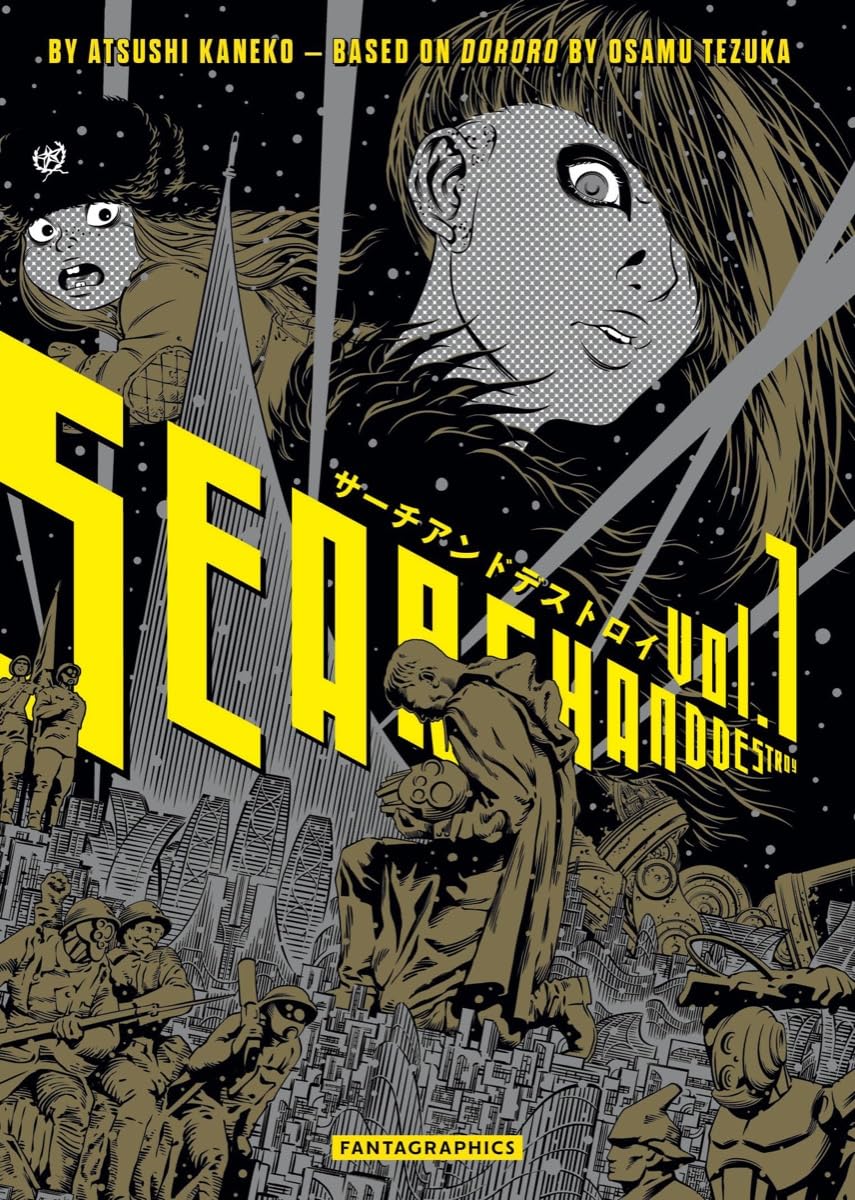
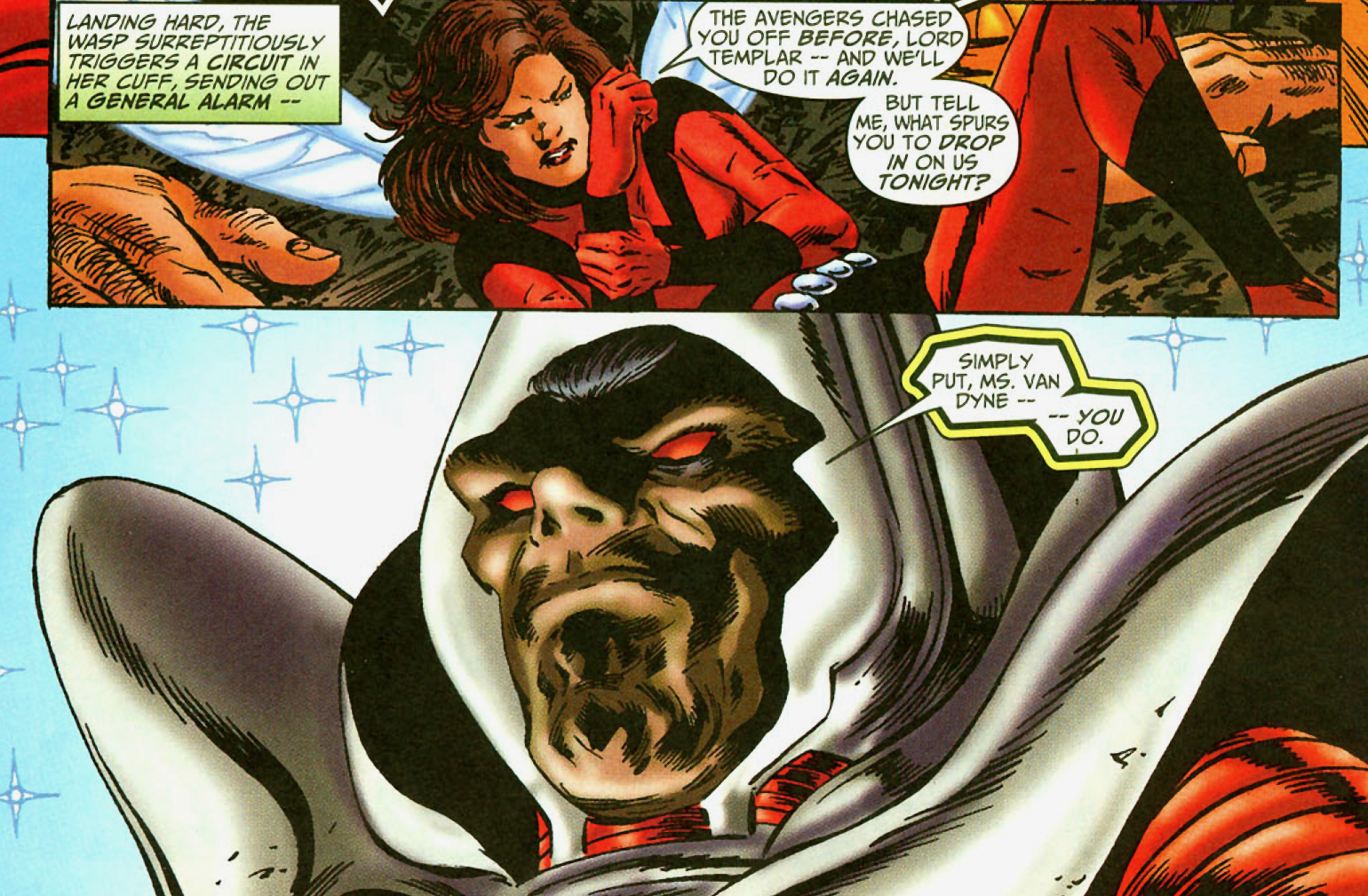




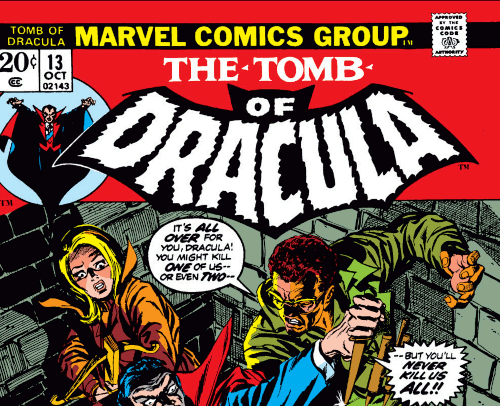
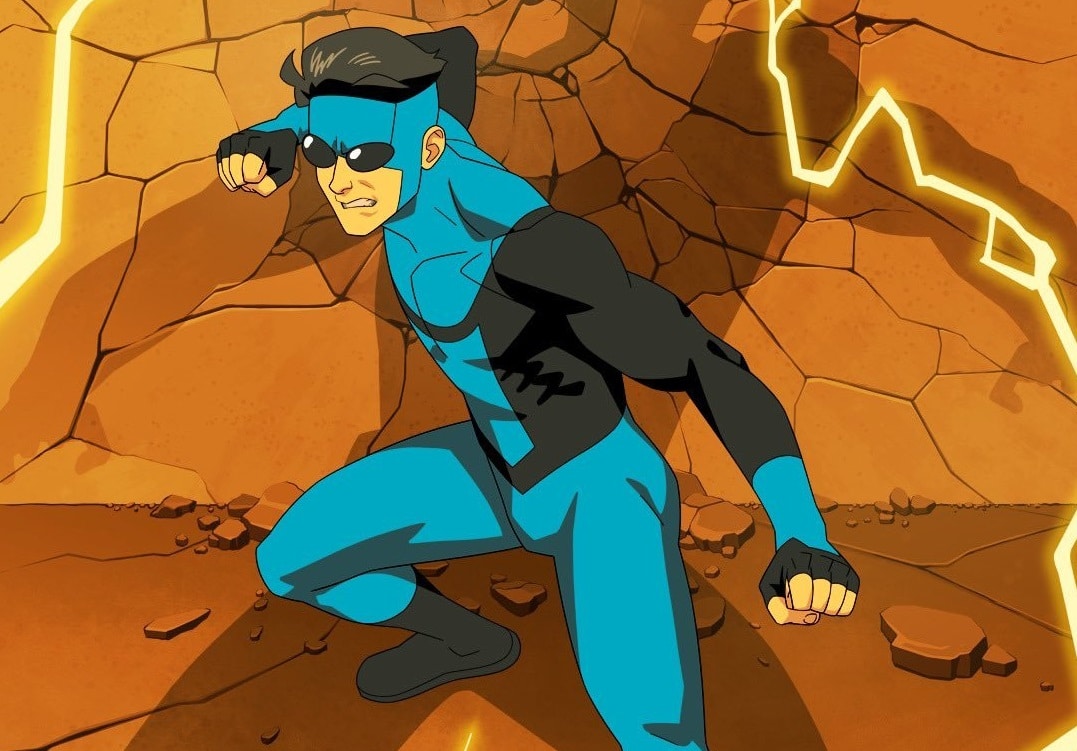


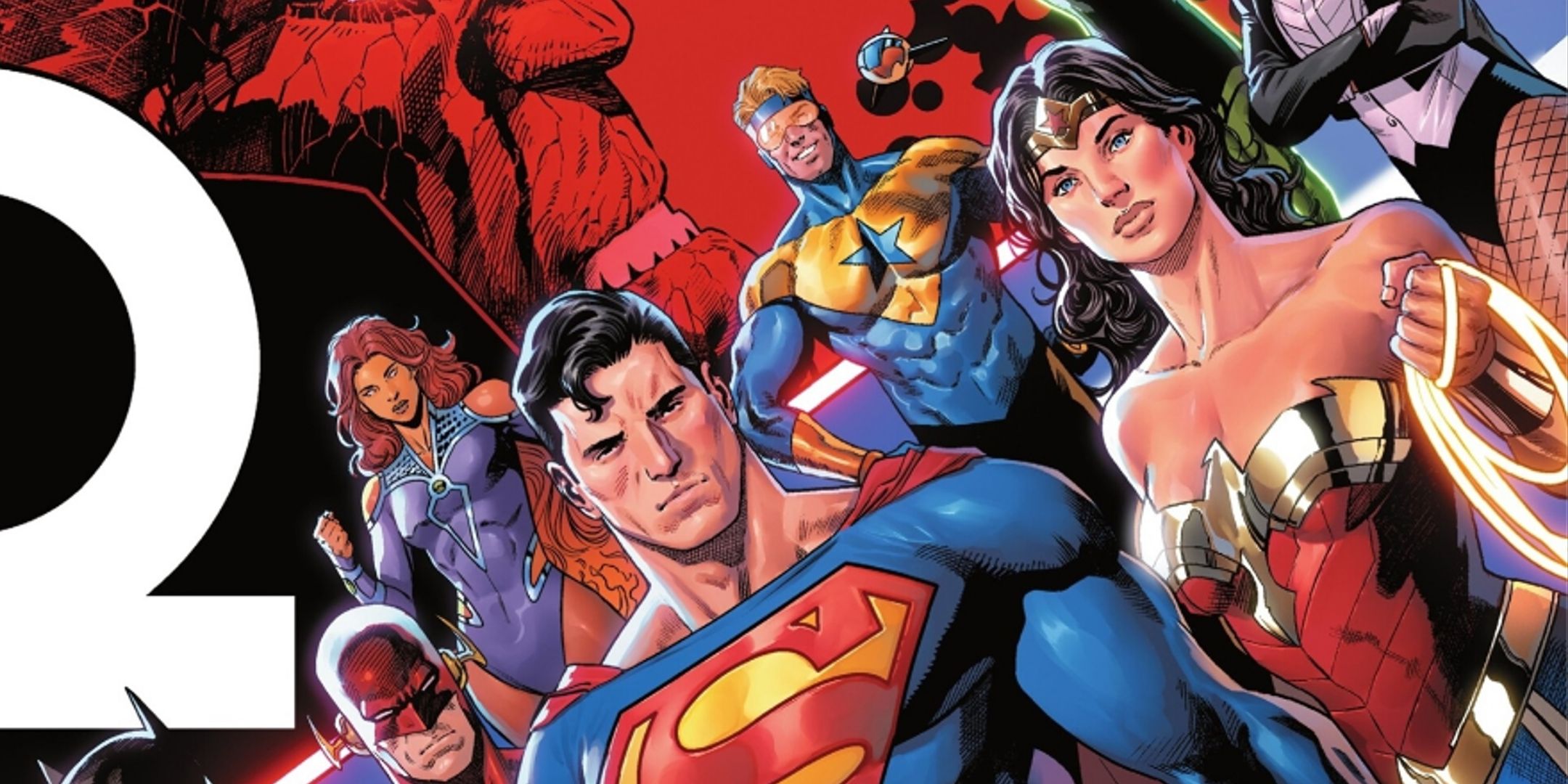
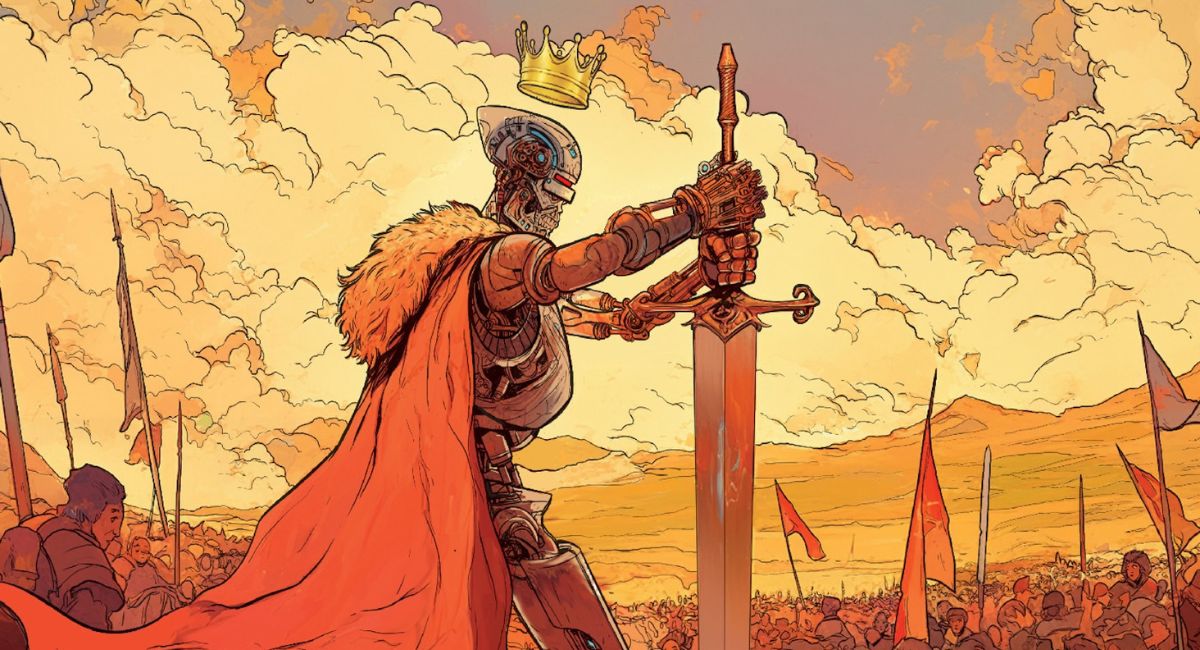


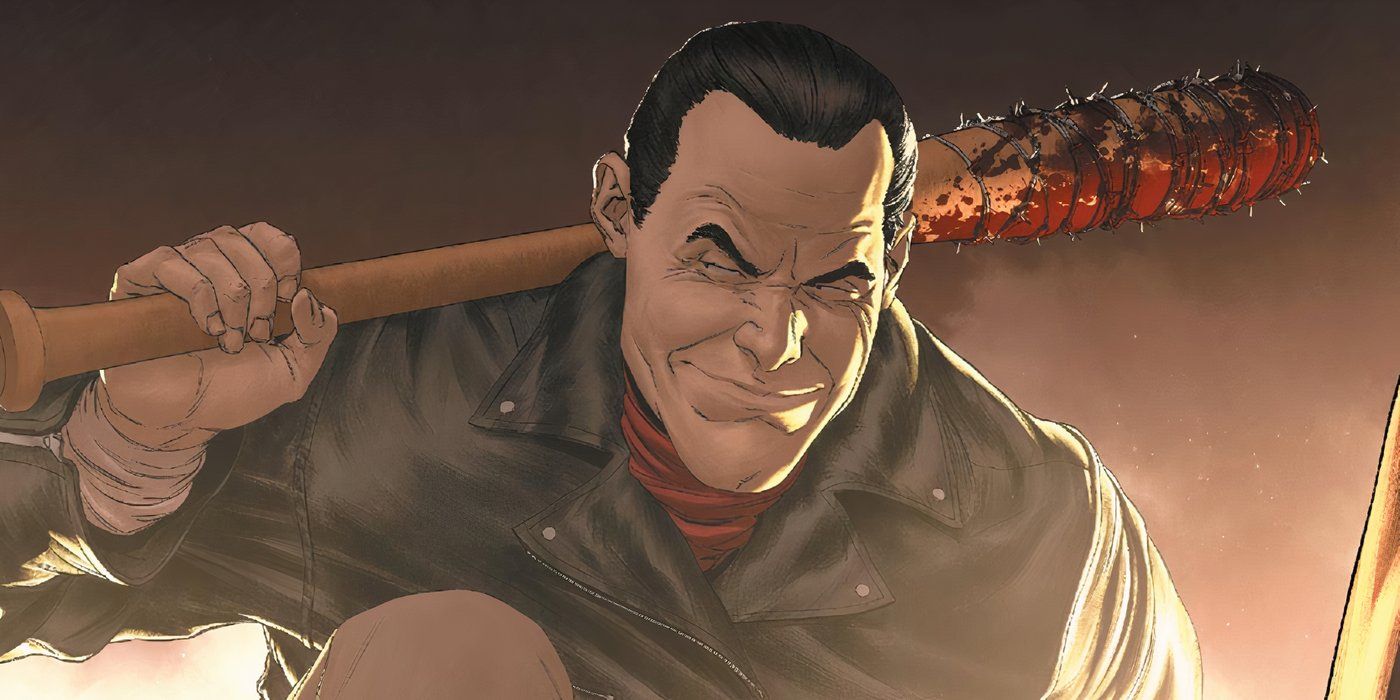




 English (US) ·
English (US) ·